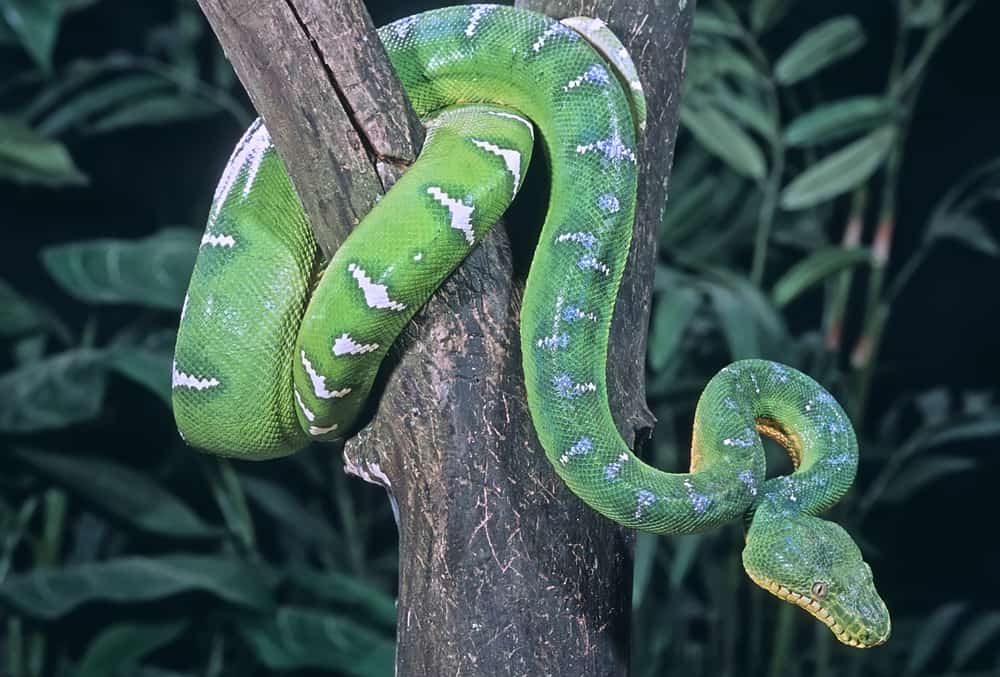In the intricate world of reptilian behavior, snakes demonstrate remarkable adaptability to their environments. One fascinating aspect of their survival strategy involves how they select resting locations based on prevailing wind conditions. This seemingly subtle environmental factor plays a crucial role in a snake’s thermoregulation, predator avoidance, and overall survival. As ectothermic creatures, snakes must carefully balance their exposure to environmental elements, making their selection of resting spots a sophisticated decision-making process rather than random choice. The relationship between wind direction and snake resting behavior reveals the complex ways these reptiles have evolved to thrive in diverse habitats around the world.
The Importance of Thermoregulation in Snake Survival
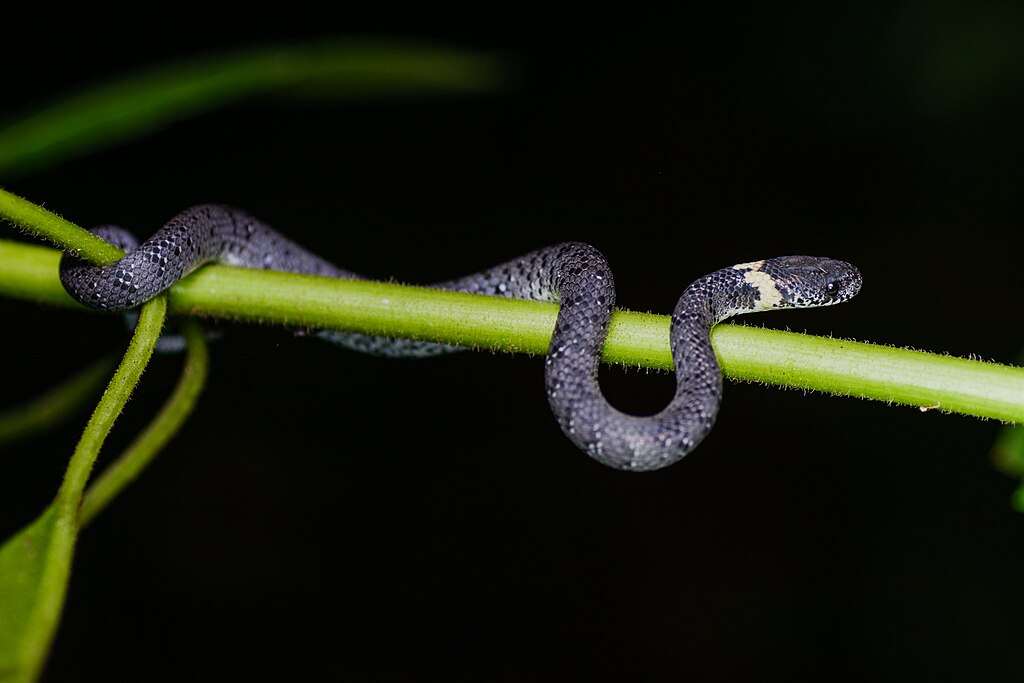
Unlike mammals, snakes cannot generate their own body heat and must rely on external sources to regulate their temperature. This fundamental biological constraint makes their choice of resting location critically important to their survival. Wind direction significantly impacts the thermal properties of different microhabitats, creating varied temperature zones even within small areas. During cooler periods, snakes often select spots where they can maximize heat absorption while minimizing exposure to cooling winds. Conversely, in extreme heat, they may seek locations where gentle breezes can help prevent dangerous overheating while still maintaining optimal body temperature.
Wind as an Information Carrier
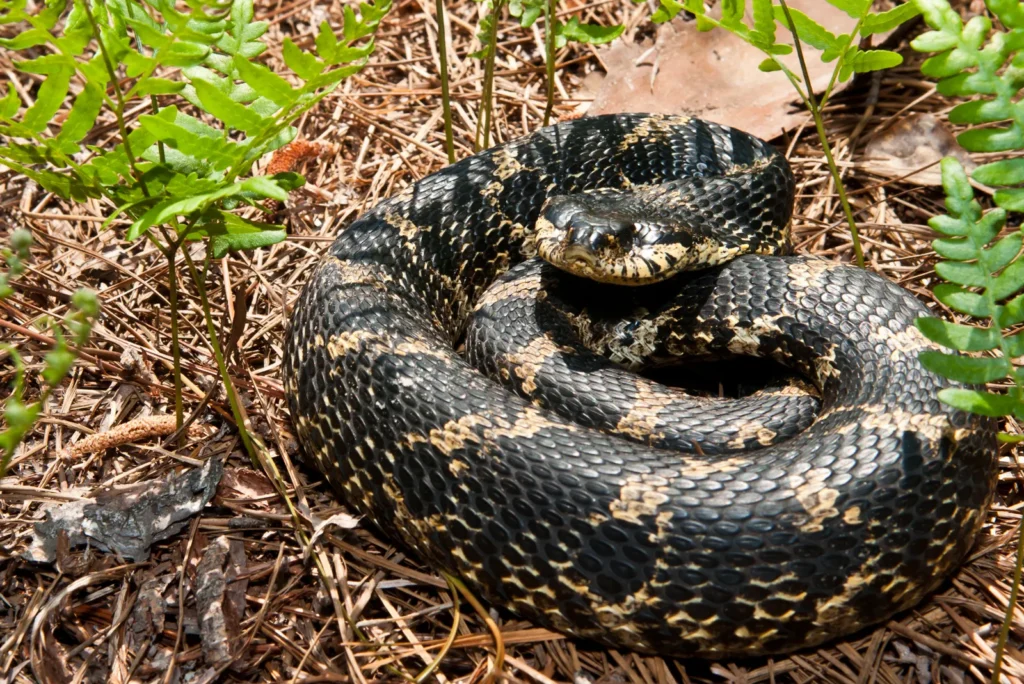
Wind serves as more than just a thermal factor for snakes—it’s also an information superhighway. Snakes possess remarkable chemosensory abilities through their forked tongues and Jacobson’s organ, allowing them to “taste” molecules carried on air currents. When selecting resting spots, snakes often position themselves downwind from areas of interest, such as potential prey pathways or territories of conspecifics. This strategic positioning allows them to gather crucial information about their surroundings while remaining hidden. Research has shown that some snake species can detect prey or predator scents from remarkable distances when wind conditions are favorable, making wind direction a critical factor in their resting site selection.
Predator Avoidance Strategies
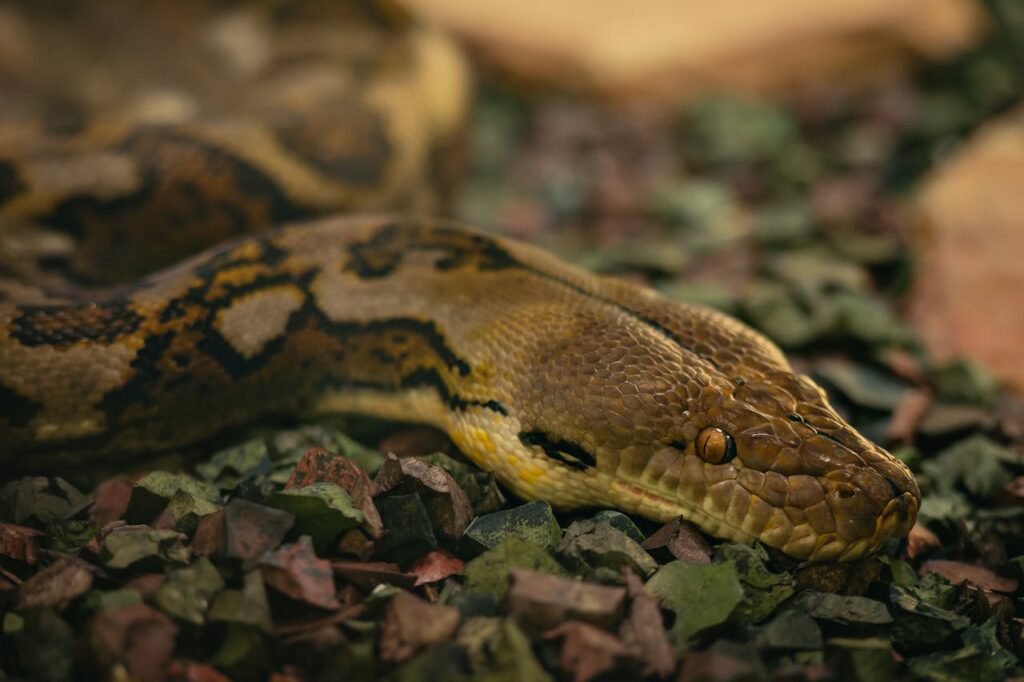
Wind direction plays a pivotal role in how snakes avoid becoming prey themselves. Many snake predators, including birds of prey, mammalian carnivores, and even other reptiles, rely heavily on scent to locate potential meals. By positioning themselves upwind of known predator territories or travel routes, snakes can significantly reduce the likelihood of their scent being detected. This behavior is particularly evident in smaller or more vulnerable snake species that lack potent venom or significant size as defense mechanisms. Field studies have documented clear patterns of snakes selecting resting spots that minimize their scent dispersion toward areas frequented by their natural predators.
Seasonal Variations in Wind-Based Behavior
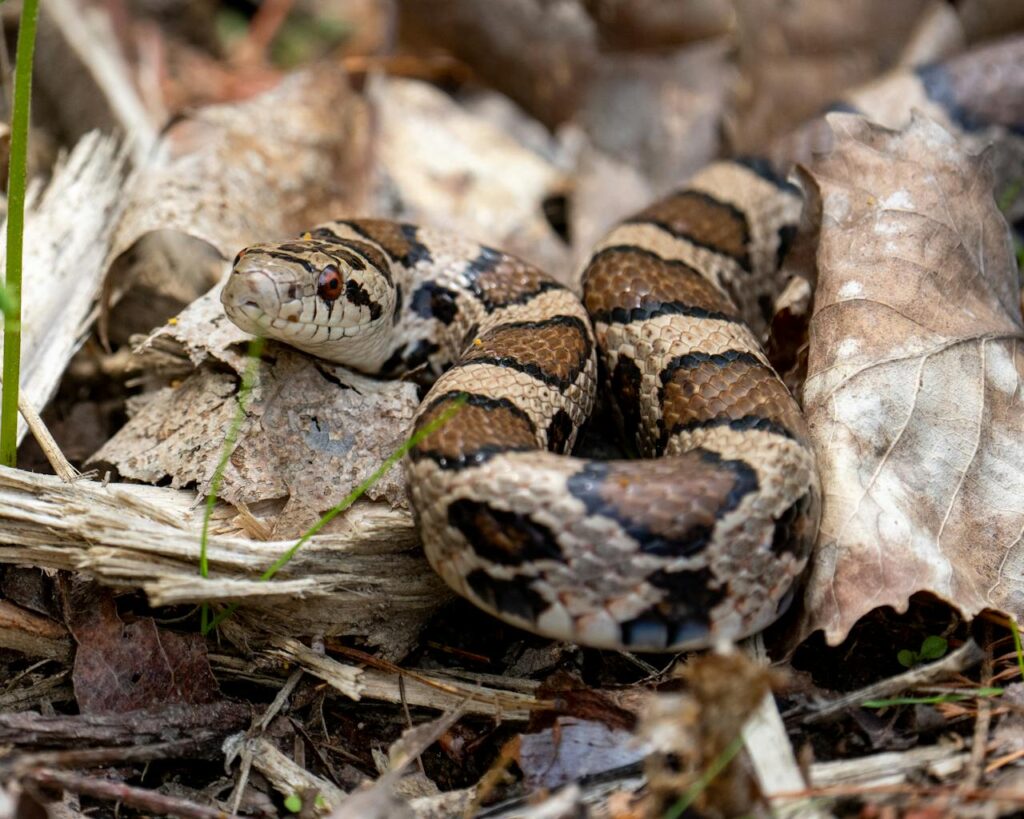
The relationship between wind direction and snake resting behavior exhibits marked seasonal variations. During breeding seasons, male snakes often position themselves downwind of female territories to detect pheromone signals indicating reproductive readiness. Winter brumation periods see snakes selecting locations protected from harsh, cold winds while still allowing occasional warming during brief temperature increases. Spring emergence patterns frequently correlate with changes in prevailing wind directions that signal seasonal transitions. Researchers tracking snake movements across seasons have noted consistent shifts in resting spot preferences that align with seasonal wind pattern changes across diverse habitats.
Desert-Dwelling Species Adaptations
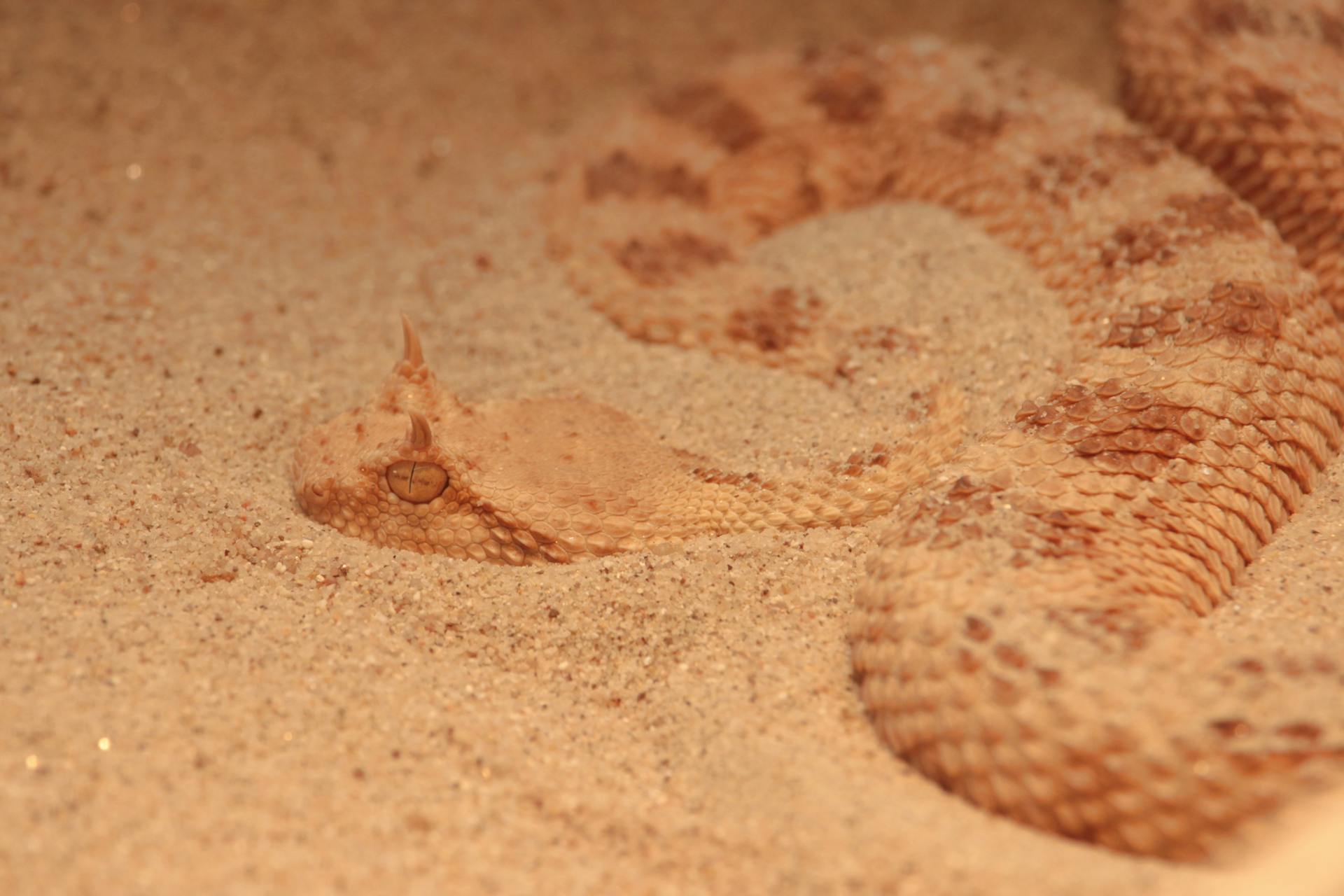
Desert snake species demonstrate perhaps the most sophisticated wind-related resting behaviors due to the extreme conditions of their habitats. These snakes often utilize the cooling effect of evening winds to regulate their temperature after scorching days. Many species, such as the sidewinder rattlesnake, will position themselves near the windward side of small dunes or vegetation during extreme heat, taking advantage of the cooling effect without excessive exposure. When temperatures drop at night, these same snakes reposition to areas sheltered from wind to retain body heat. This constant repositioning based on wind direction represents a remarkable behavioral adaptation to harsh desert conditions.
Forest and Woodland Snake Behaviors
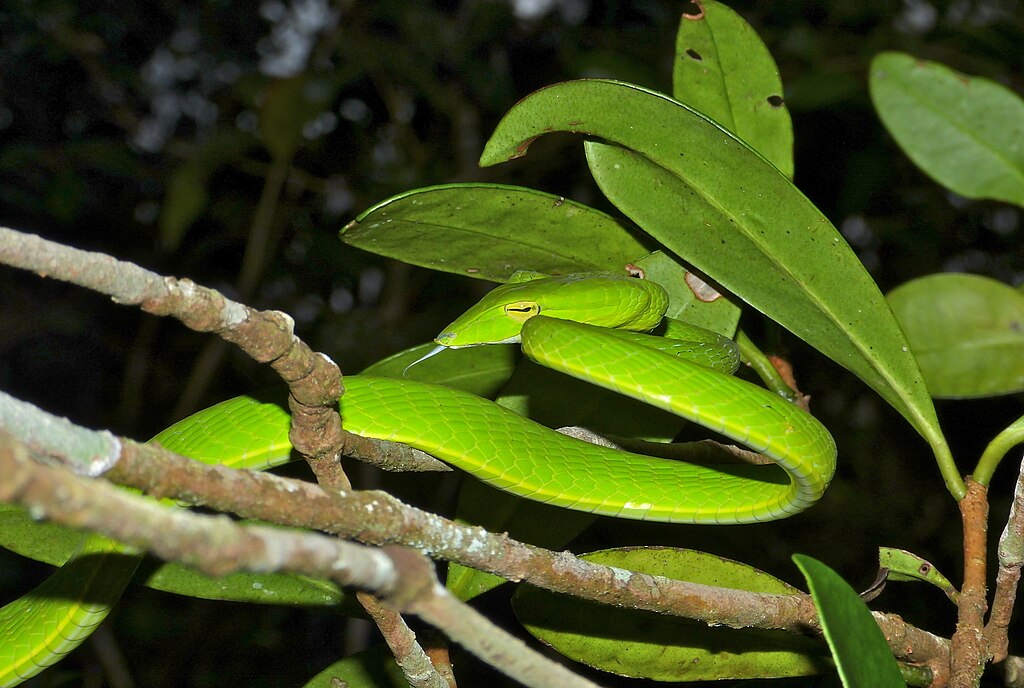
Forest-dwelling snake species utilize wind patterns in ways distinct from their desert counterparts. In dense woodland environments, wind creates complex patterns as it moves through canopy layers and undergrowth. Forest snakes often select resting spots in areas where wind currents create “scent shadows,” allowing them to detect approaching threats while remaining hidden. Species like the timber rattlesnake position themselves where prevailing winds carry scents from game trails or small mammal pathways, increasing hunting efficiency. Researchers have observed that after rainfall, many forest snakes reposition to locations where wind will carry the amplified scents of moisture-active prey like amphibians or insects.
Aquatic and Semi-Aquatic Species Considerations

Even water-dwelling snakes demonstrate sensitivity to wind direction when selecting resting spots along shorelines or during terrestrial ventures. Water snakes often bask on rocks or logs positioned to receive both optimal sun exposure and favorable wind conditions that carry scents from the water. Species like the cottonmouth will frequently position themselves downwind from areas where fish or amphibians are active, using wind-carried scent molecules to detect potential prey. During breeding seasons, male water snakes have been observed positioning themselves downwind of female-frequented areas, using air currents to detect reproductive pheromones. This behavior demonstrates that wind-based resting spot selection transcends habitat types across the snake world.
The Role of Humidity in Wind-Based Decisions
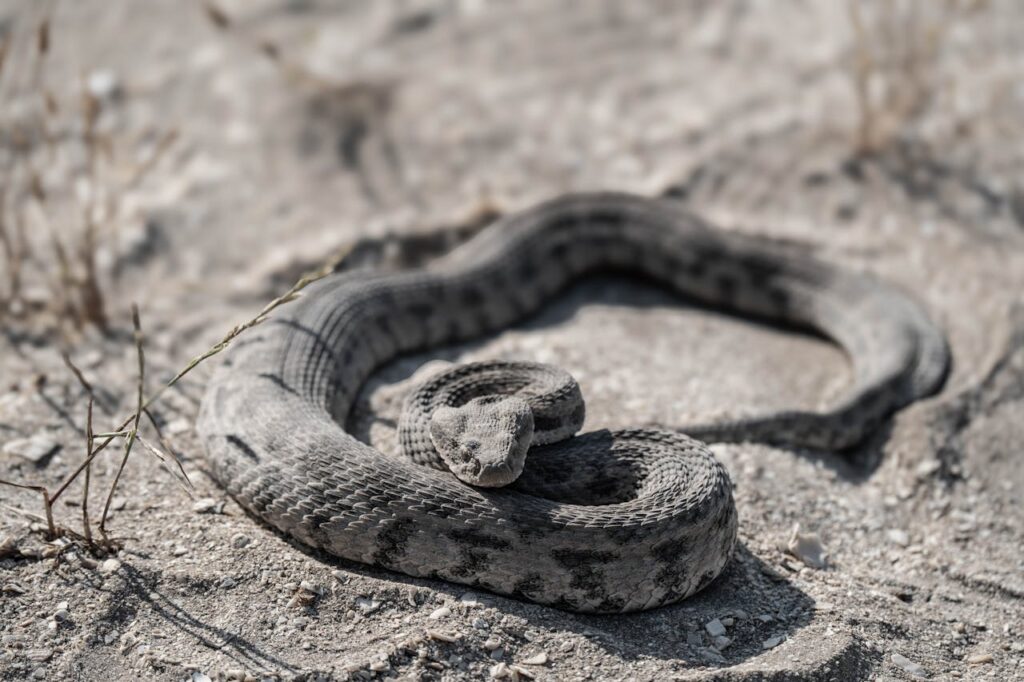
Wind direction significantly influences local humidity levels, creating another crucial factor in snake resting spot selection. Many snake species, particularly those with specific humidity requirements for skin health and shedding, select locations based on the moisture content of prevailing winds. During pre-shed periods, snakes often seek areas where winds carry higher moisture content to facilitate the shedding process. Conversely, during periods of excessive rainfall or humidity, some species will position themselves where drier winds provide relief from potential scale rot or respiratory issues. This relationship between wind direction, humidity, and snake health demonstrates the multifaceted nature of their environmental decision-making.
Hunting Strategy Optimization
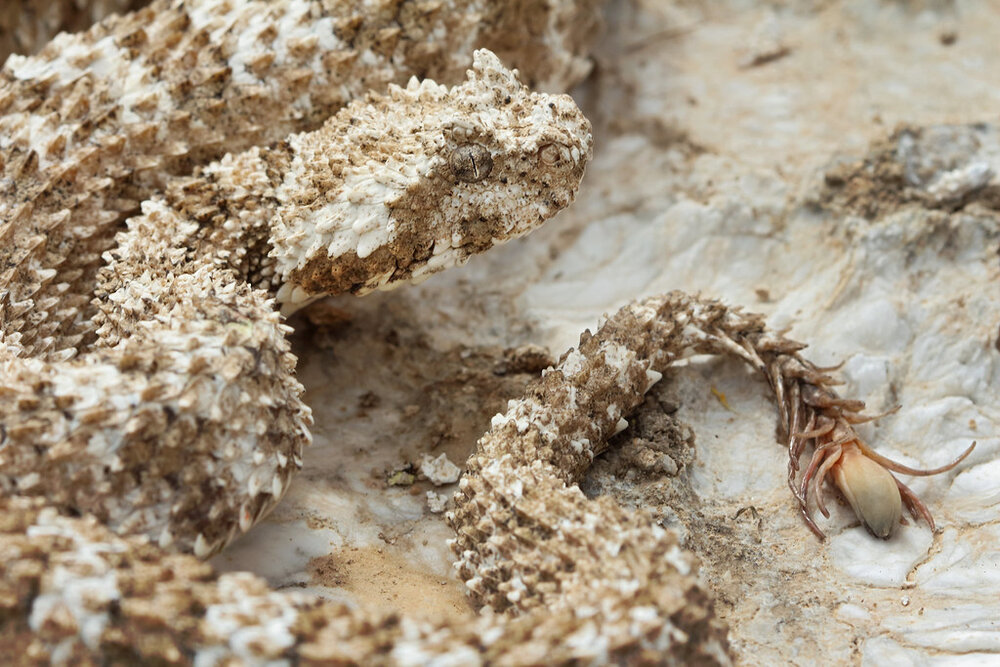
The selection of resting spots based on wind direction forms a critical component of many snake hunting strategies. Ambush predators like vipers and pythons position themselves where wind will not carry their scent toward potential prey approach paths. Species that actively hunt, such as rat snakes or racers, often use wind direction to determine optimal search routes that maximize their ability to detect prey scents while minimizing their own scent dispersion. Research using controlled experiments has demonstrated that when wind direction changes, many snake species will reposition themselves accordingly to maintain hunting advantages. This sophisticated use of wind direction showcases the complex cognitive abilities underlying seemingly simple snake behaviors.
The Science of Snake Olfaction and Wind
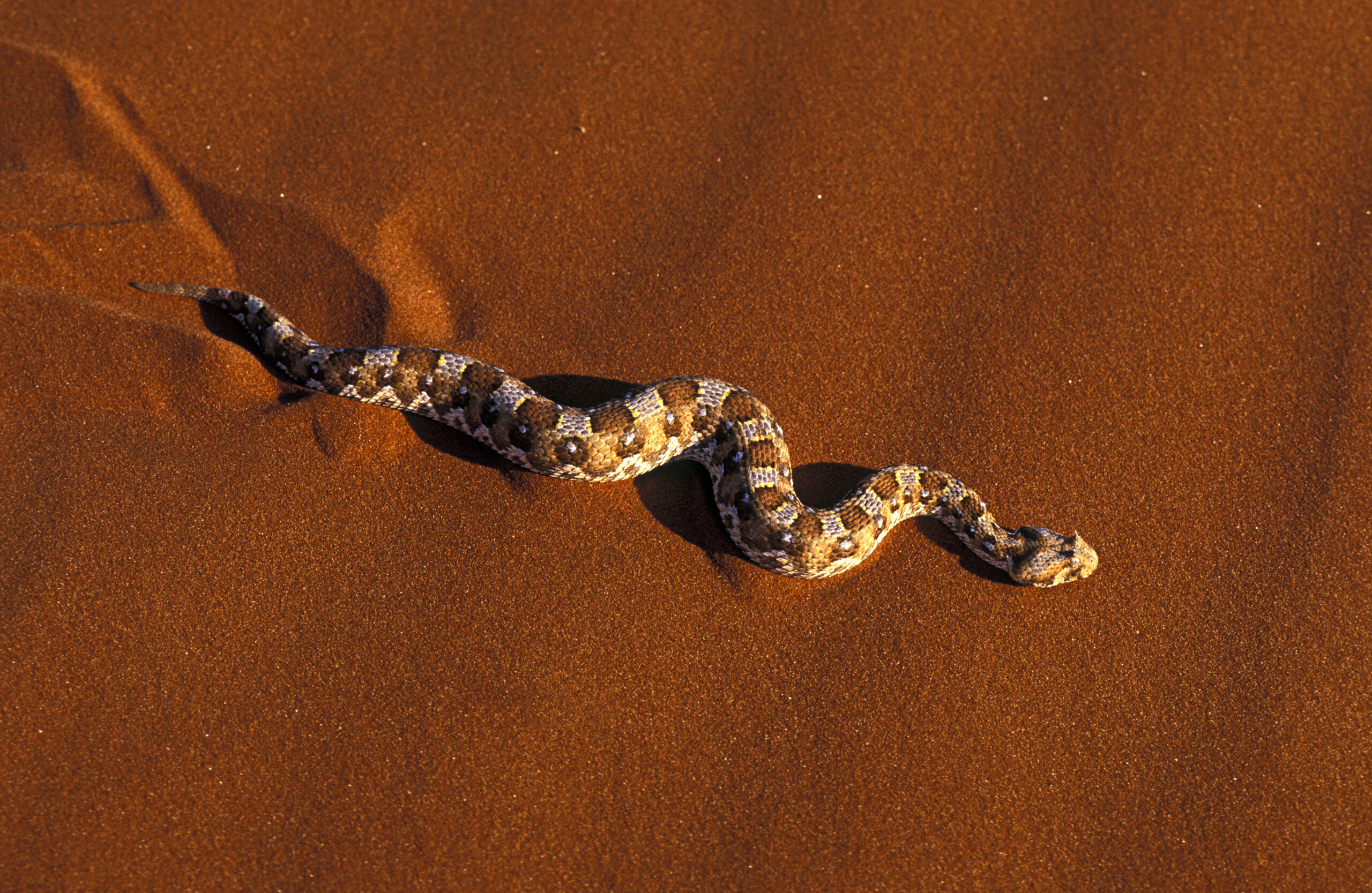
The remarkable relationship between snakes and wind direction is fundamentally based on their specialized olfactory system. Unlike mammals, which primarily use their nasal passages for scent detection, snakes utilize their forked tongues to collect airborne particles and transfer them to the Jacobson’s organ in the roof of their mouth. This unique system allows snakes to detect minute concentrations of scent molecules carried on the wind, enabling them to create a detailed chemical map of their surroundings. Studies have shown that some snake species can detect certain prey scents in concentrations as low as a few parts per billion when wind conditions are favorable. This extraordinary sensitivity makes wind direction one of the most critical environmental factors influencing snake behavior and resting site selection.
Conservation Implications of Wind-Based Behaviors
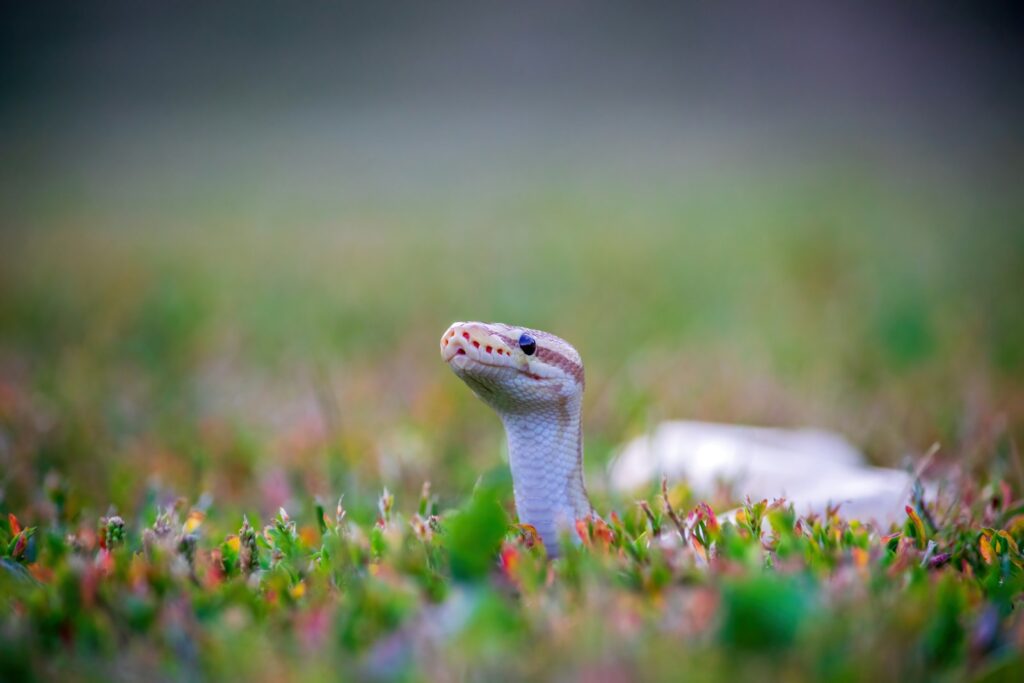
Understanding how snakes select resting spots based on wind direction has significant implications for conservation efforts. Habitat fragmentation and modification can dramatically alter local wind patterns, potentially disrupting essential snake behaviors related to thermoregulation, hunting, and reproduction. Conservation biologists increasingly incorporate wind pattern analysis when designing wildlife corridors or protected areas for endangered snake species. Climate change models predicting shifts in prevailing wind patterns may help forecast potential impacts on snake populations in vulnerable ecosystems. By understanding these subtle but critical environmental relationships, conservationists can better protect snake habitats in ways that preserve not just the physical landscape but also the invisible airborne factors essential to snake survival.
Research Methodologies and Future Directions
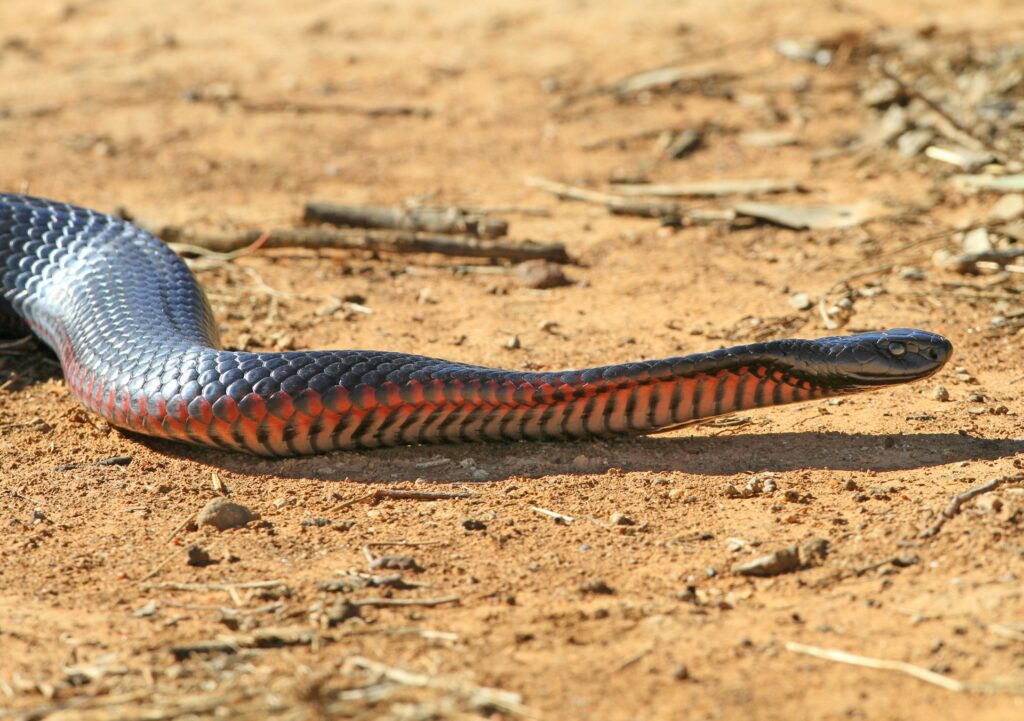
Studying how snakes select resting spots based on wind direction presents unique research challenges that have spurred innovative methodological approaches. Modern technologies, including miniature wind sensors, thermal imaging, and advanced telemetry systems, allow researchers to correlate snake positions with real-time microclimate data including wind direction and speed. Experimental approaches using controlled wind tunnels have revealed threshold sensitivity levels for different snake species and how they respond to changing wind conditions. Future research directions include exploring how anthropogenic factors like artificial structures, light pollution, and noise might interact with wind-based behaviors to impact snake populations. As climate change alters traditional wind patterns globally, understanding these relationships will become increasingly important for predicting how snake species might adapt to rapidly changing environments.
Conclusion
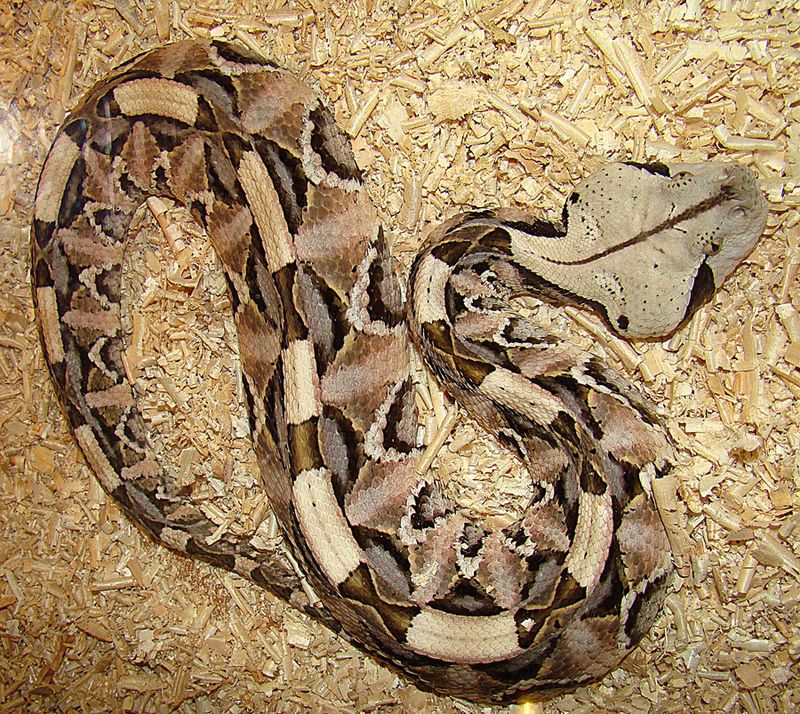
The relationship between wind direction and snake resting behavior represents a fascinating example of how reptiles have evolved sophisticated responses to seemingly subtle environmental cues. From thermoregulation and predator avoidance to hunting optimization and mate location, wind direction influences virtually every aspect of snake survival. This complex interplay between serpents and air currents demonstrates that snake behavior extends far beyond instinctual responses, incorporating nuanced environmental awareness and decision-making. As research continues to uncover the intricate ways these remarkable animals interact with their environment, our appreciation grows for the sophisticated adaptations that have allowed snakes to thrive across diverse habitats worldwide. Understanding these relationships not only enhances our scientific knowledge but also provides crucial insights for conservation efforts aimed at protecting these important members of ecosystems around the globe.

